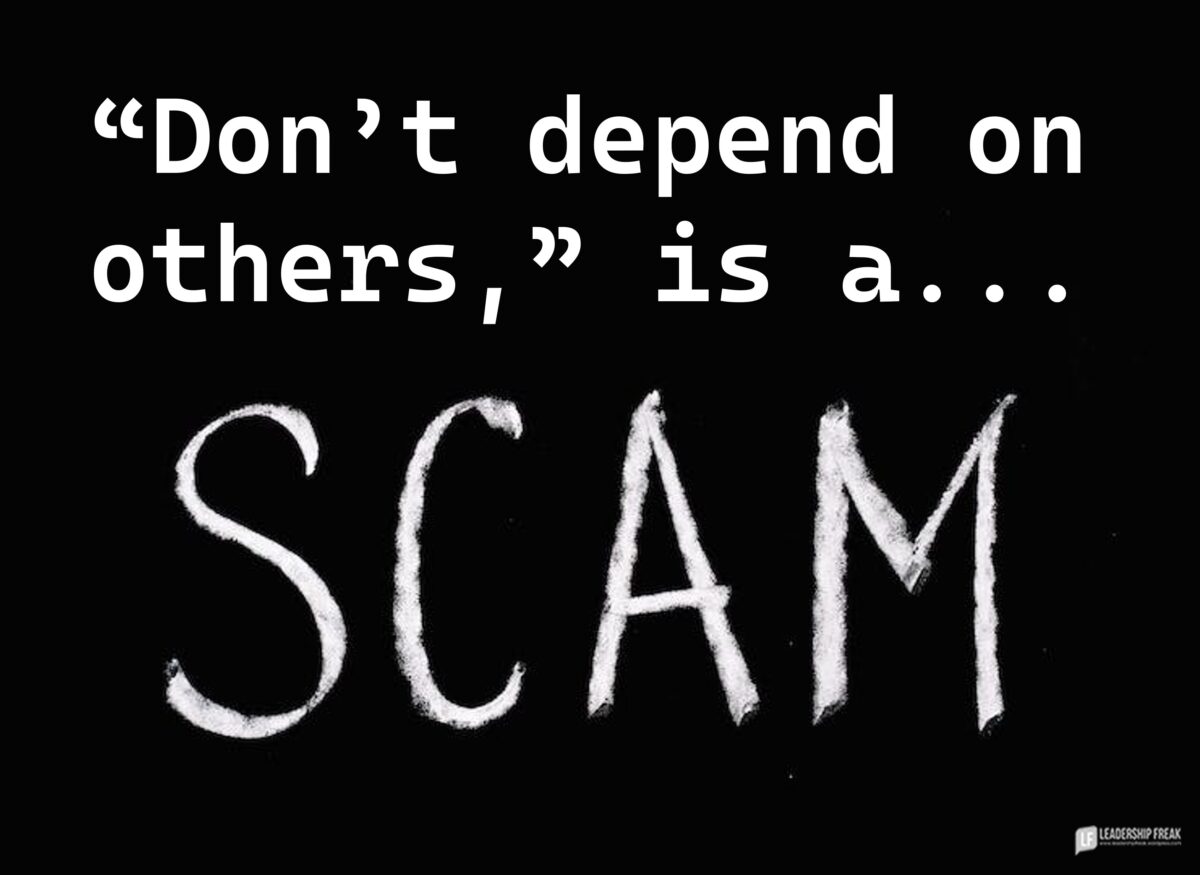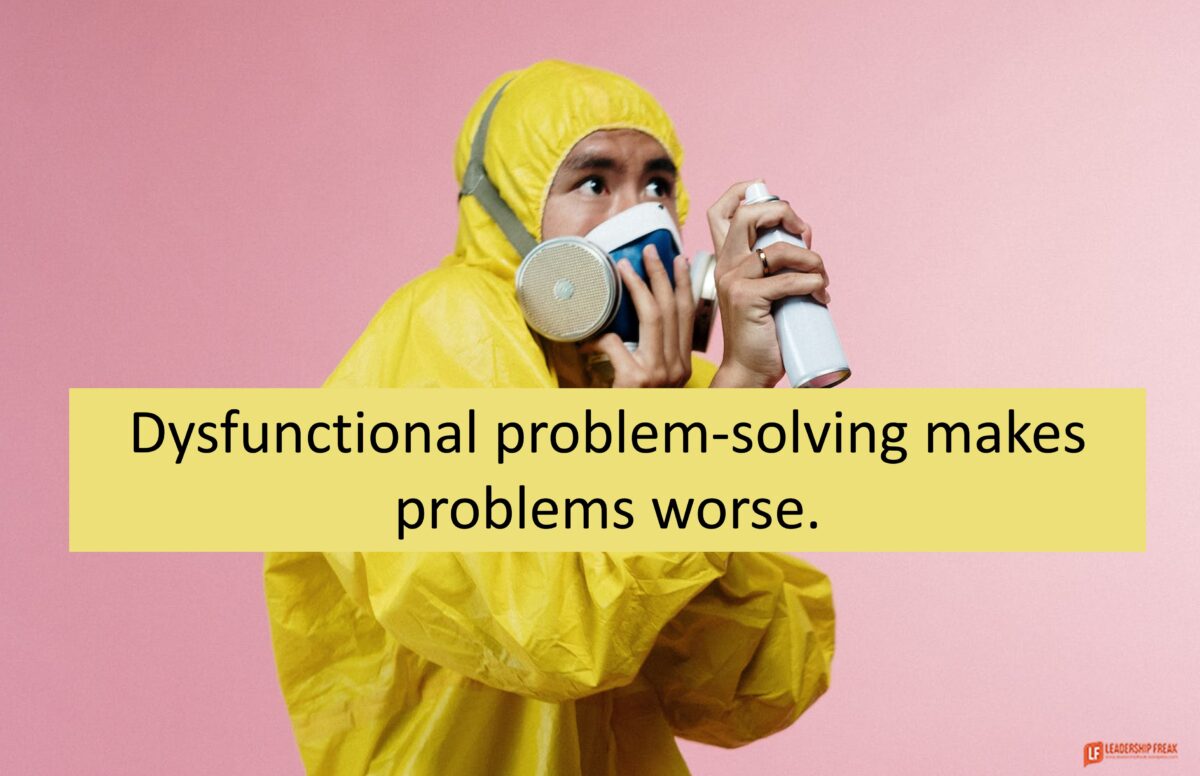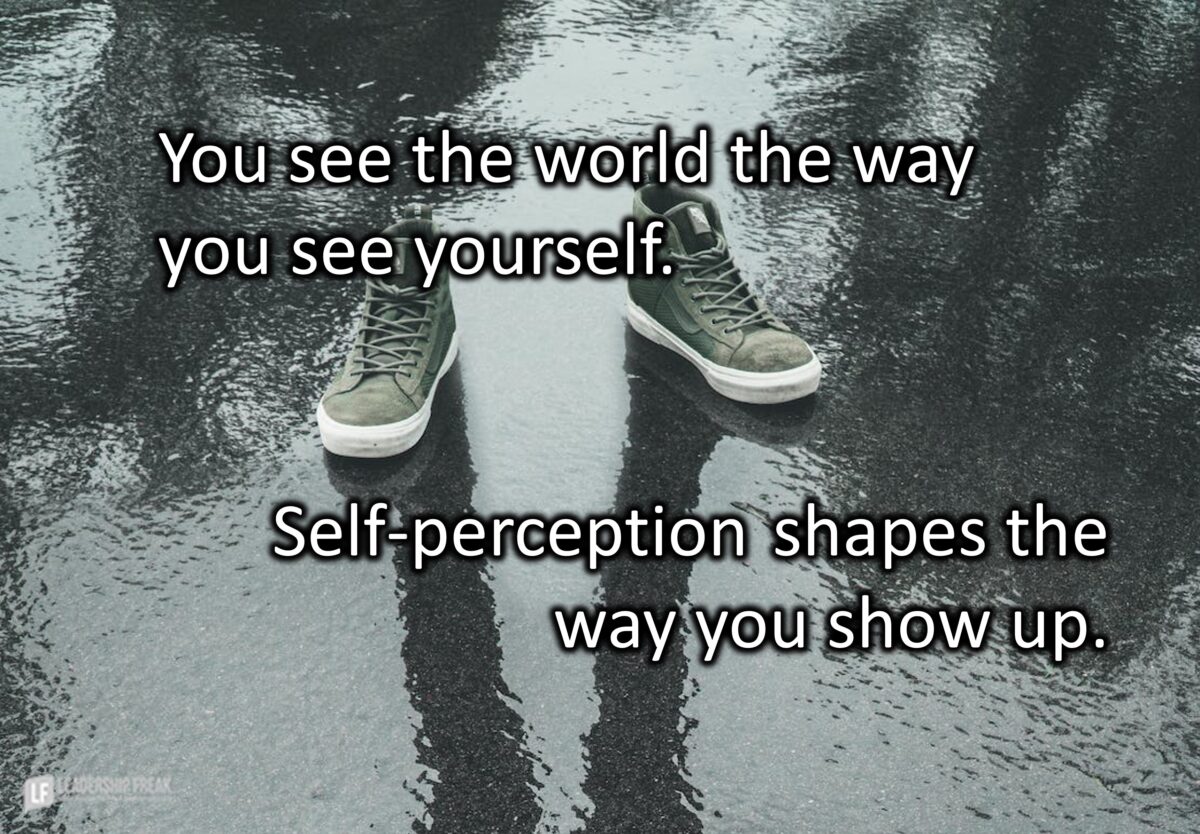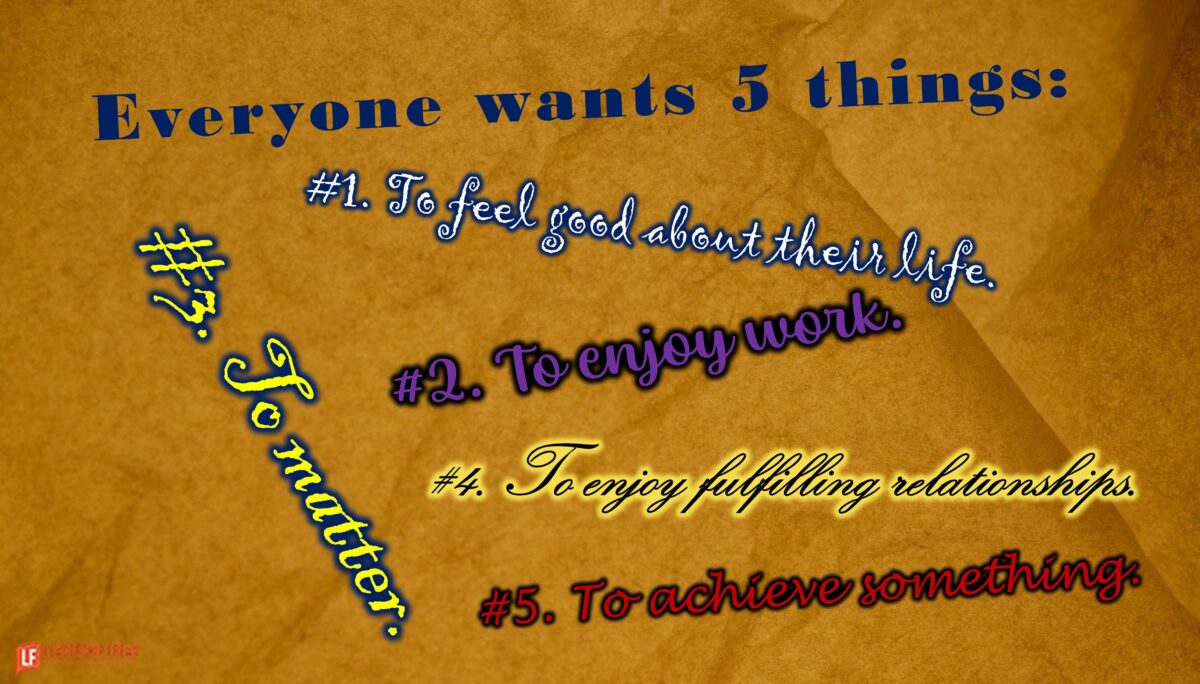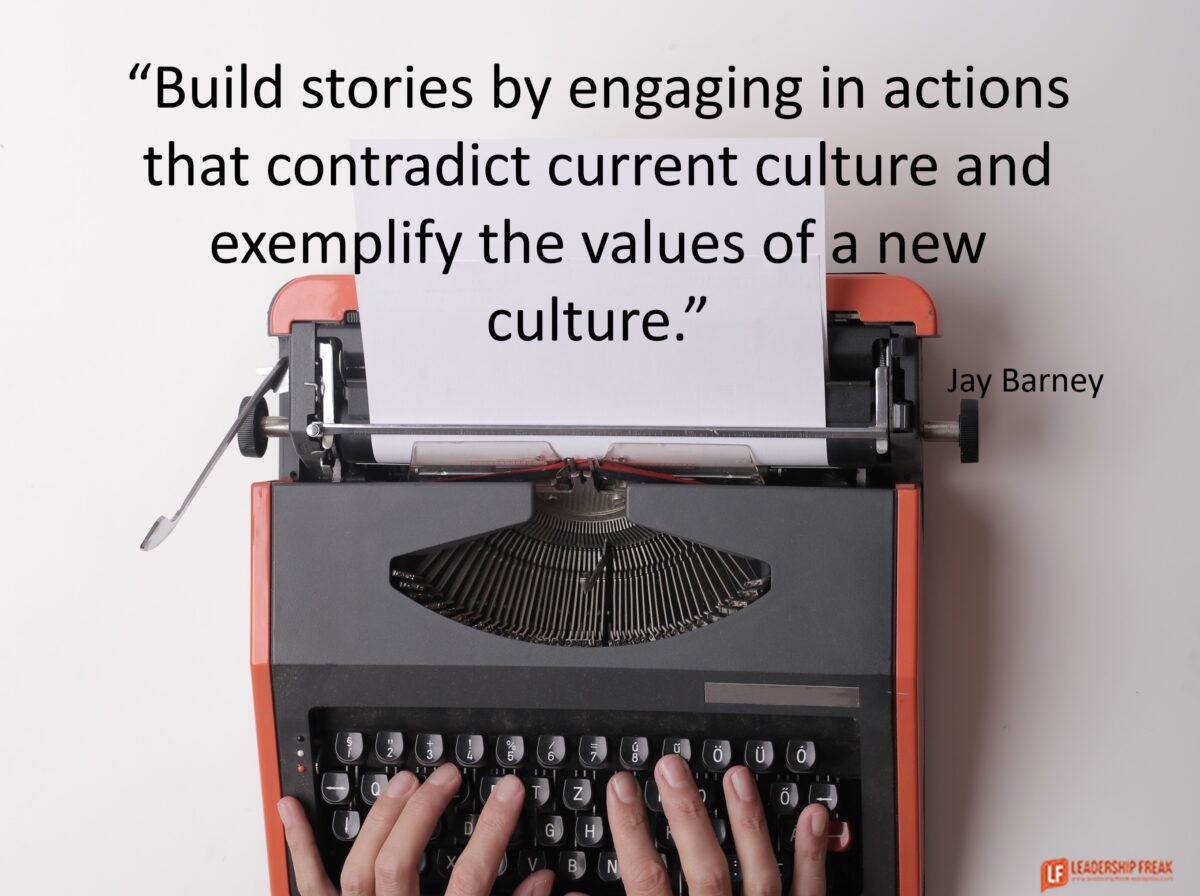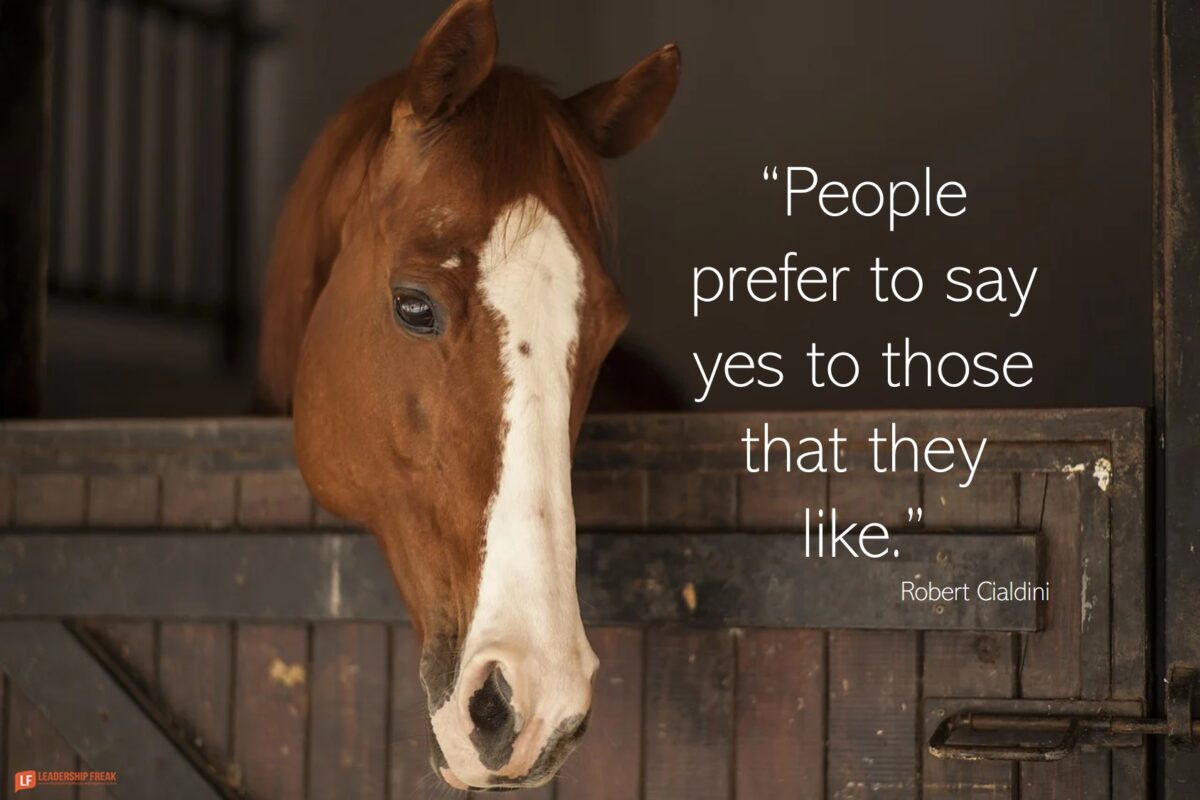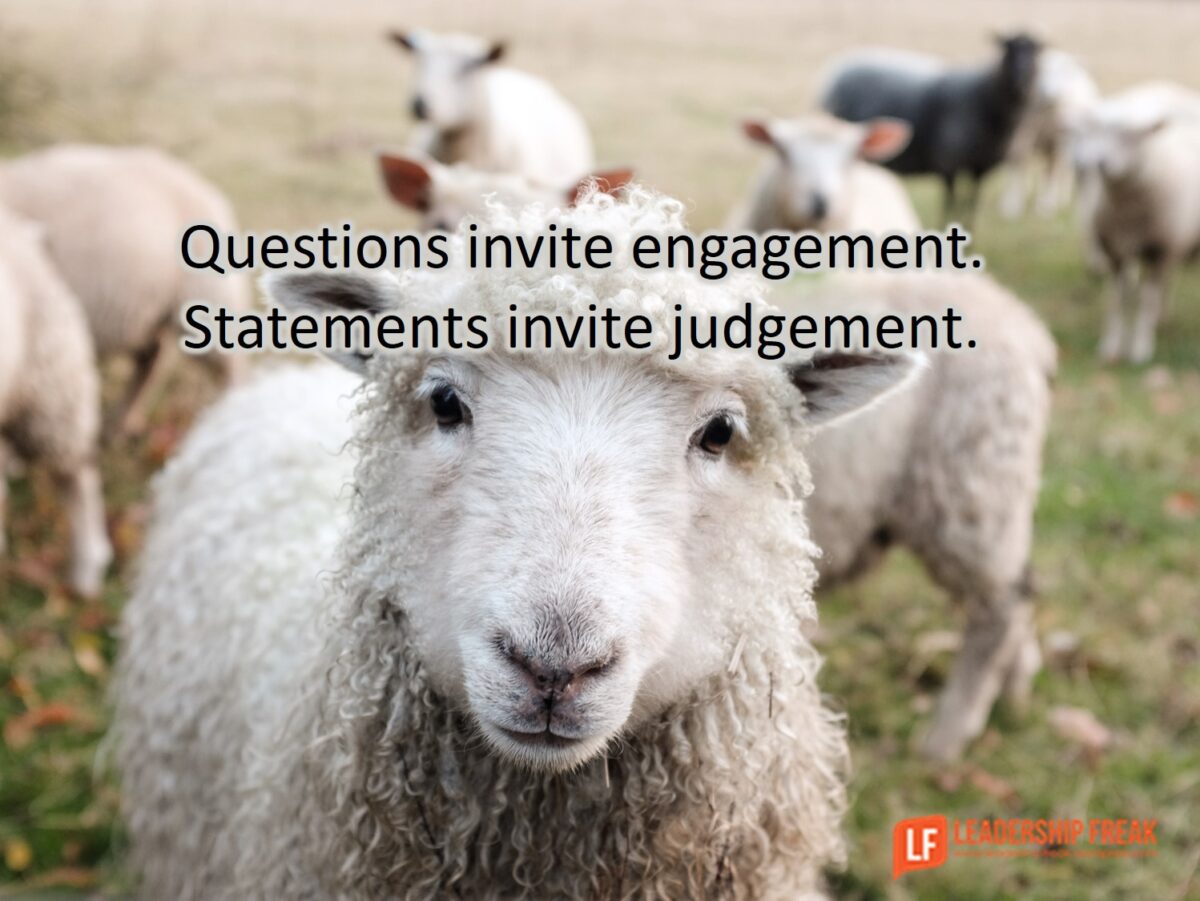Don’t Depend on Others
“Don’t depend on others,” is a destructive scam.
Life is limited to individual achievement when you depend only on yourself.
Self-reliance:
Joan Benoit said, “You can’t depend on other people, you have to run your own race.” Joan was the first woman to win a gold medal in the Olympics (1984). You may not know the whole story.
Reject the wrong message from self-reliance.
Joan injured her knee before the Olympic trials. 17 days before the race she had arthroscopic knee surgery. She finished the marathon in the top three with a time of 2 hours 31 minutes and 41 seconds. Three months later, her gold medal run was nearly seven minutes faster. That’s self-reliance. But there’s more.
Depend on others:
Joan didn’t perform knee surgery on herself. She flew from Maine to California to have the best in the U.S. examine her knee.
Reflect on the journey of any Olympian. They all depend on others to become high performing athletes.
Top performers depend on others.
The more you achieve, the more you depend on others.
Everyone who reaches high stands on the shoulders of an army.
How to depend on others:
1. Demonstrate self-reliance.
People ask me how they can be more prolific. When I ask how many blogs they’ve written sometimes they say they haven’t started yet. I got nothing for a person like that.
Start on your own. Sir Edmund Hillary was invited to join the team to climb Mt. Everest because he had been climbing since he was a teenager. He demonstrated competence.
2. Help others.
Before you depend on others, be a person others depend on.
3. Appreciate the unique abilities of others.
The coaches of great athletes can’t perform as well as the athletes they coach. But they are remarkable coaches.
How can self-reliant people learn to rely on others?
Still curious:
Leadership Derailers: Self-Reliance
Sir Edmund Hillary and Tenzing Norgay – 1953 Everest
Our book, The Vagrant, is coming on September 19, but you can pre-order now.
Like this:
Like Loading…
